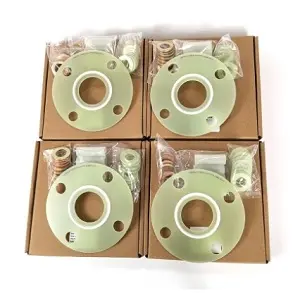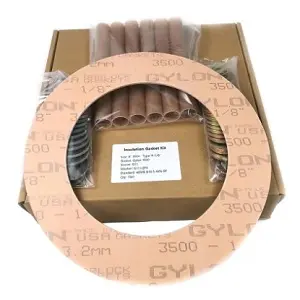Gasket Types & Selection for Industrial Flanges
Spiral-Wound Gaskets (1) Applicable Scope of the Spiral-Wound Gasket According to the petrochemical industry standard SH 3407-2013, spiral-wound gaskets are suitable for the following conditions: Nominal pressure range: PN 1.0–25.0 MPa Temperature range: Stainless steel strips with special asbestos filler: –50 to 500 °C Stainless steel strips with flexible graphite filler: –196 to 800 °C (≤ 600 °C for oxidizing media) Stainless steel strips with PTFE filler: –196...












